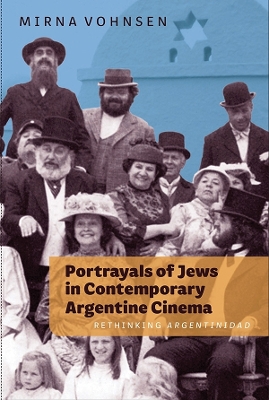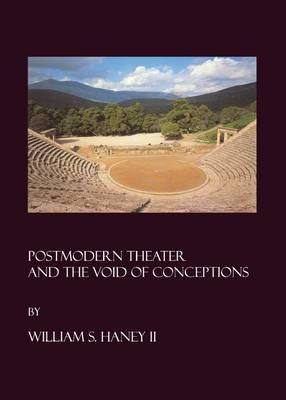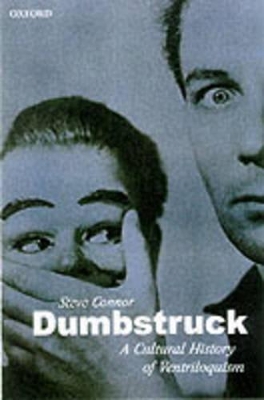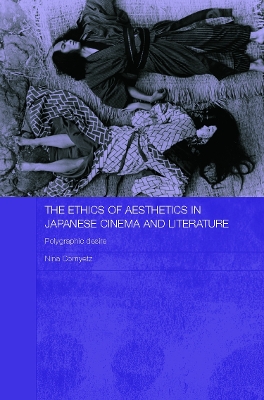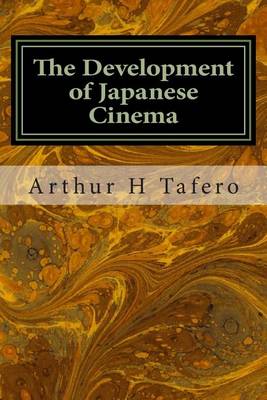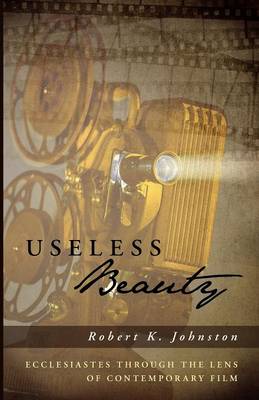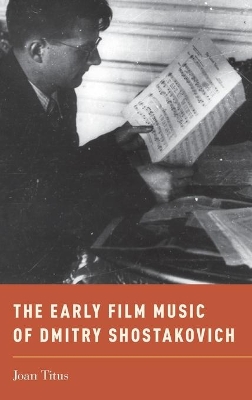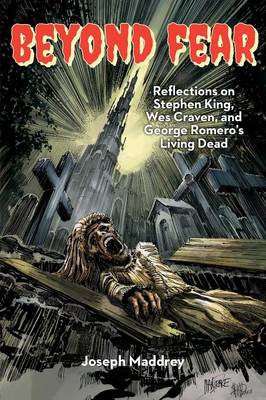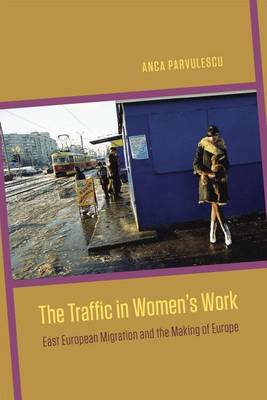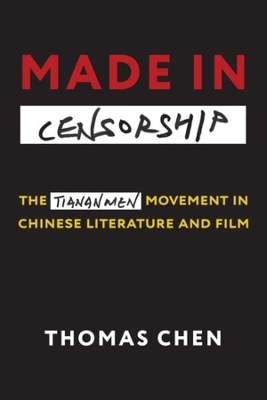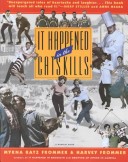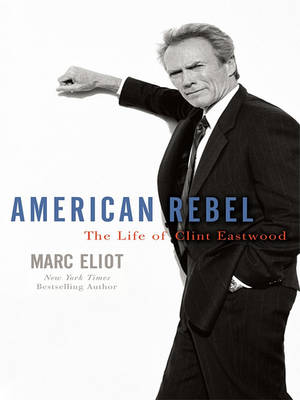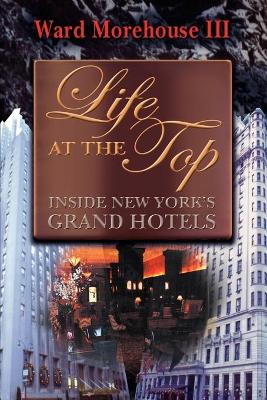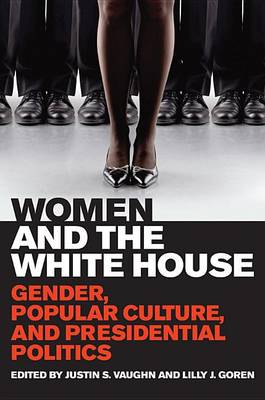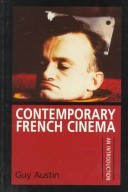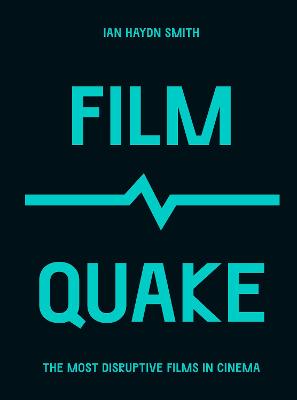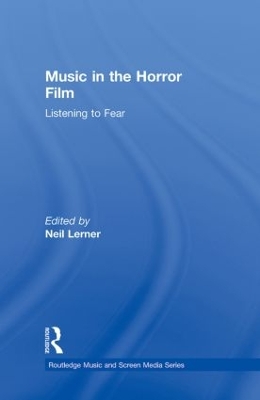Runner-up for the AHGBI-Spanish Embassy Doctoral Publication Prize for 2017 Notwithstanding the current visual prominence of Jewish life and Jewish culture on the Argentine big screen, surprisingly little has been written about Jewish film characterization in academic scholarship. In order to fill this lacuna, Portrayals of Jews in Contemporary Argentine Cinemaexplores the depiction of the Jews of Argentina in modern Argentine cinema with particular attention to the ways in which Jews and Jew...
Different symbolic traditions have different ways of describing the shift of awareness toward sacred events. While not conforming to familiar states of phenomenality, this shift of awareness corresponds to Turner's liminal phase, Artaud's metaphysical embodiment, Grotowski's “translumination,” Brook's “holy theater,” and Barba's “transcendent” theater—all of which are linked to the Advaitan taste of a void of conceptions. This book argues that, by allowing to come what Derrida calls the unsayab...
Why can none of us hear our own recorded voice without wincing? Why is the telephone still full of such spookiness and erotic possibility? Why does the metaphor of ventriloquism, the art of 'seeming to speak where one is not', speak so resonantly to our contemporary technological condition? These are the kind of questions which impel Steven Connor's wide-ranging, restlessly inquisitive history of ventriloquism and the disembodied voice. He tracks his subject from its first recorded beginnings in...
The Ethics of Aesthetics in Japanese Cinema and Literature (Routledge Contemporary Japan, #10)
by Nina Cornyetz
This is an innovative, scholarly and original study of the ethics of modern Japanese aesthetics from the 1930s, through the Second World War and into the post-war period. Nina Cornyetz embarks on new and unprecedented readings of some of the most significant literary and film texts of the Japanese canon, for instance works by Kawabata Yasunari, Mishima Yukio, Abe Kobo and Shinoda Masahiro, all renowned for their texts' aesthetic and philosophic brilliance. Cornyetz uniquely opens up the field...
Human rights film festivals have been steadily growing in number in recent years. They are all bound by a common thread, human rights, and yet show distinctly different films. What leads them to be so different, and how is the universalism of human rights made sense by each?
Taking up movies such as American Beauty, Magnolia, and About Schmidt, this book addresses such biblical issues as life and death, chance and choice, loneliness and connection, and God's presence and absence to deepen our understanding of life's beauty amid its confusion and pain.
The Early Film Music of Dmitry Shostakovich (Oxford Music/Media)
by Joan Titus
In the late 1920s, Dmitry Shostakovich emerged as one of the first Soviet film composers. With his first score for the silent film the New Babylon (1929) and the many sound scores that followed, he was positioned to observe and participate in the changing politics of the film industry and negotiate the role of the film composer. In The Early Film Music of Dmitry Shostakovich, Joan Titus examines the scores of six of Shostakovich's films, from 1928 through 1936. Instead of investigating Shostakov...
Beyond Fear Reflections on Stephen King, Wes Craven, and George Romero S Living Dead
by Joseph Maddrey
"Welcome to the European family!" When East European countries joined the European Union under this banner after 1989, they agreed to the free movement of goods, services, capital, and persons. In this book, Anca Parvulescu analyzes an important niche in this imagined European kinship: the traffic in women, or the circulation of East European women in West Europe in marriage and as domestic servants, nannies, personal attendants, and entertainers. Analyzing film, national policies, and an impres...
The violent suppression of the 1989 Tiananmen Square demonstrations is thought to be contemporary China’s most taboo subject. Yet despite sweeping censorship, Chinese culture continues to engage with the history, meaning, and memory of the Tiananmen movement. Made in Censorship examines the surprisingly rich corpus of Tiananmen literature and film produced in mainland China since 1989, both officially sanctioned and unauthorized, contending that censorship does not simply forbid—it also shapes w...
Since the late 1990s, a vivid new sphere of cinematic practice in Southeast Asia has emerged and been identified as independent. What exactly does this term mean in relation to the way films and videos are made, and the way they look? How do issues of festival circulation, piracy, technology, state and institutional power, and spectatorship apply to practices of independent cinema throughout the diverse region? The authors who speak in this volume—contemporary filmmakers, critics, curators, fest...
In American Rebel, Marc Eliot examines the ever-exciting, often tumultuous arc of Clint Eastwood's life and career, from his days as a disaffected college dropout to his rise to fame as the archetypal loner to his acceptance into the pantheon as a multiple Academy Award winner.
At the end of World War II, Gen. Dwight D. Eisenhower, fearing that retreating Germans would consolidate large numbers of troops in an Alpine stronghold and from there conduct a protracted guerilla war, turned U.S. forces toward the heart of Franconia, ordering them to cut off and destroy German units before they could reach the Alps. Opposing this advance was a conglomeration of German forces headed by SS-Gruppenfuhrer Max Simon, a committed National Socialist who advocated merciless resistance...
This introductory text analyzes 25 years of popular French film including recent developments in all genres. Reflecting French cinema's diversity since the new Wave, chapters include the Heritage film; thrillers; war movies; Cinema-du-Look; representations of sexuality; women film-makers; and others. Each chapter introduces the public reception and critical debates surrounding a given genre, interwoven with detailed accounts of individual films from "Les Valseuses" to "Les Visiteurs" and "Delica...
Difference and Orientation (signale|TRANSFER: German Thought in Translation)
by Alexander Kluge
Alexander Kluge is one of contemporary Germany's leading intellectuals and artists. A key architect of the New German Cinema and a pioneer of auteur television programming, he has also cowritten three acclaimed volumes of critical theory, published countless essays and numerous works of fiction, and continues to make films even as he expands his video production to the internet. Despite Kluge's five decades of work in philosophy, literature, television, and media politics, his reputation outside...
Discover films that dared to be different, risked reputations and put careers in jeopardy. This is what happens when filmmakers take tradition and rip it up. FilmQuake introduces 50 movies that shook the cinematic world, telling the fascinating stories behind their creation, reception and legacy. From unbelievable developments in technology (Citizen Kane, 1941) to feminist triumphs (Wanda, 1970); films that kickstarted New Queer Cinema (Paris is Burning, 1990) to others that challenged lawmaker...
Music in the Horror Film (Routledge Music and Screen Media)
Music in Horror Film is a collection of essays that examine the effects of music and its ability to provoke or intensify fear in this particular genre of film. Frightening images and ideas can be made even more intense when accompanied with frightening musical sounds, and music in horror film frequently makes its audience feel threatened and uncomfortable through its sudden stinger chords and other shock effects. The essays in this collection address the presence of music in horror films and the...
